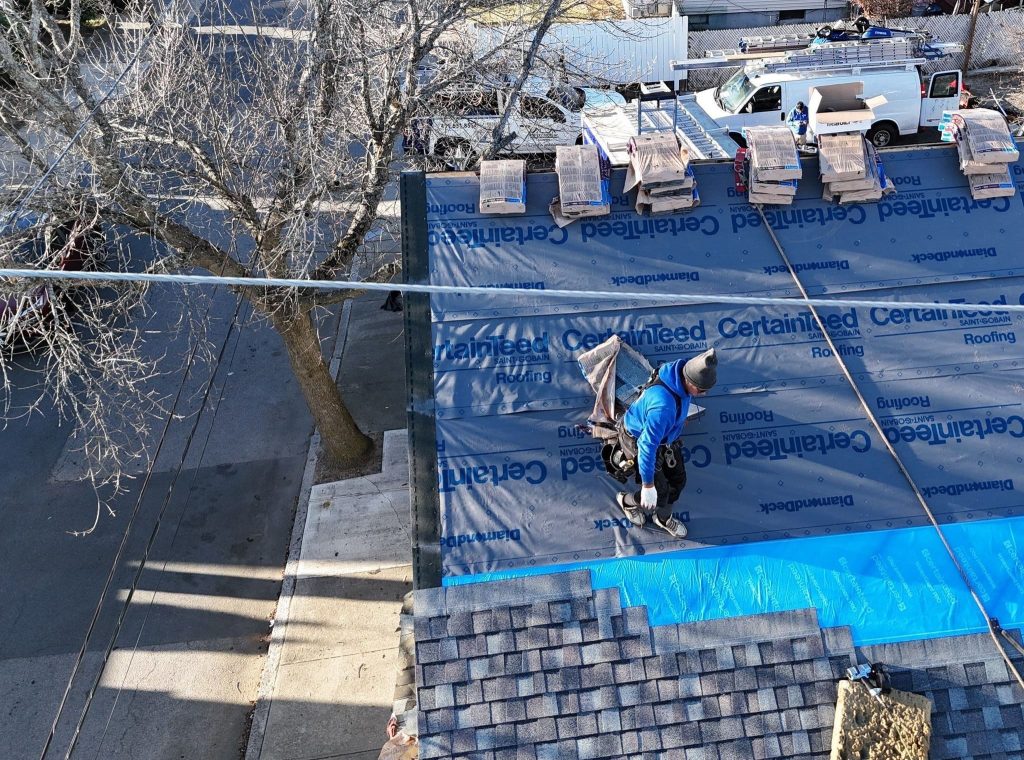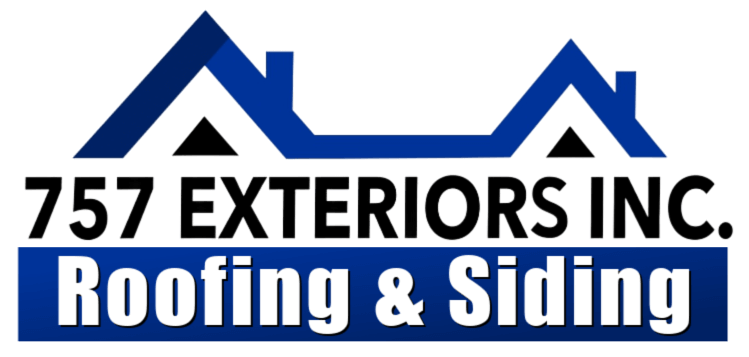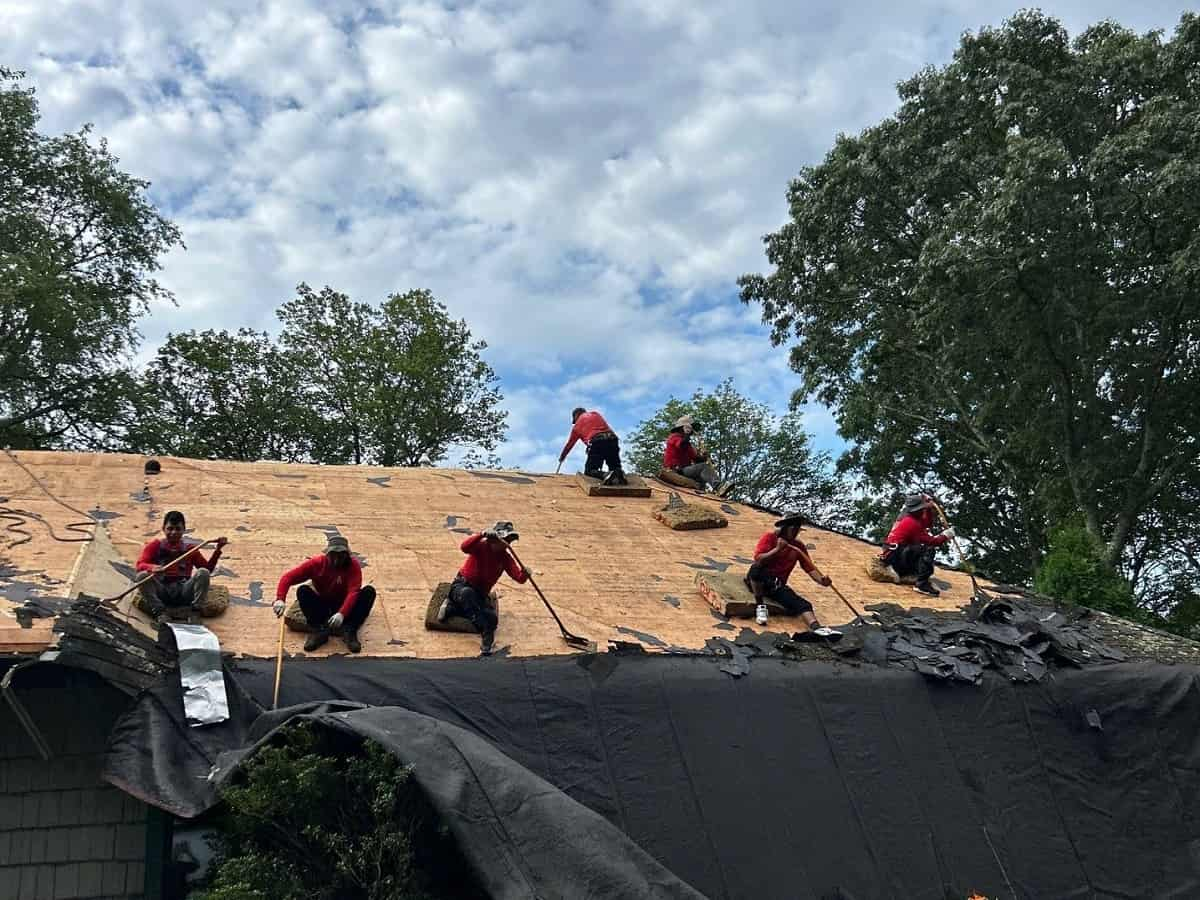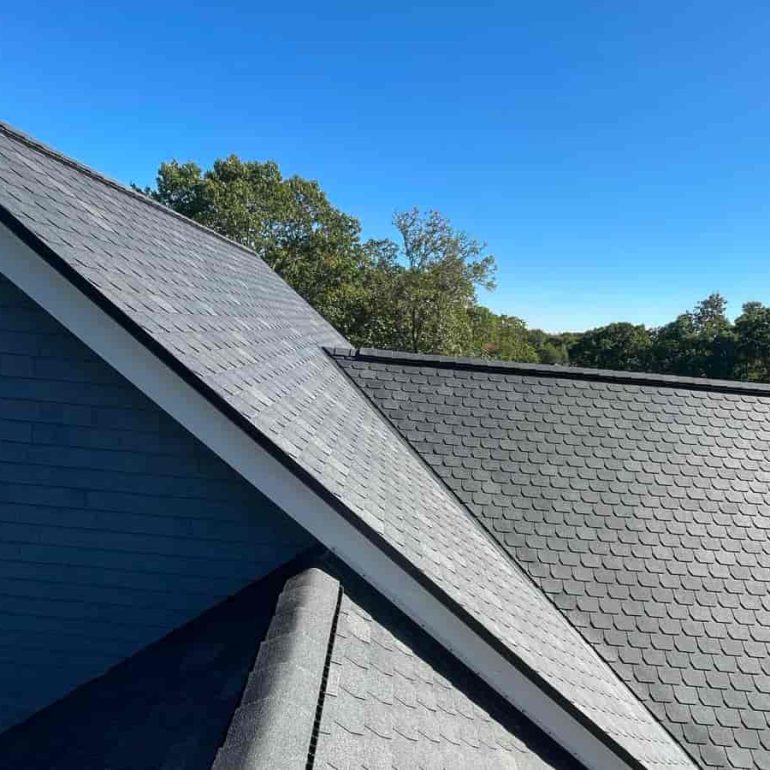Your roof silently protects your family and belongings 24/7, enduring harsh weather conditions, temperature fluctuations, and seasonal wear. Yet, most homeowners only think about their roof when problems become visible—often when it’s too late for simple repairs. Annual roof inspections are your proactive shield against costly damage, ensuring small issues don’t escalate into major headaches.
When it comes to professional roofing services in Cranston, RI, 757 Exteriors INC understands that prevention is always better than cure. Our experienced team provides comprehensive roofing, siding, and gutter services, helping homeowners maintain their properties year-round. With proper annual inspections, you can extend your roof’s lifespan significantly while avoiding emergency repairs that could cost thousands of dollars.
Why Annual Roof Inspections Matter More Than You Think
Your roof faces relentless challenges throughout the year. From scorching summer heat that can cause shingles to crack and warp, to winter ice dams that force water under protective barriers, seasonal changes create ongoing stress on roofing materials. Spring storms bring high winds that can lift shingles, while fall debris accumulates in gutters, creating drainage problems.
Regular inspections catch these issues early. A loose shingle noticed during an annual inspection might cost $50 to repair, but if left unaddressed, it could lead to water damage requiring thousands in repairs. Professional inspectors identify problems invisible to untrained eyes, from subtle granule loss on asphalt shingles to early signs of flashing deterioration around chimneys and vents.
The financial benefits extend beyond repair savings. Many insurance companies offer discounts for homes with documented regular maintenance, including annual roof inspections. Additionally, well-maintained roofs increase property value and appeal to potential buyers if you decide to sell.
For homeowners seeking comprehensive residential roofing services, understanding inspection benefits helps prioritize home maintenance investments wisely.
Essential Components of Professional Roof Inspections
A thorough annual roof inspection encompasses multiple critical areas that work together to protect your home. Professional inspectors systematically examine each component, documenting conditions and identifying potential concerns before they become expensive problems.
Exterior Inspection Elements:
- Shingle condition and granule loss assessment
- Flashing examination around chimneys, vents, and skylights
- Gutter and downspout functionality check
- Soffit and fascia board inspection
- Chimney structure and cap evaluation
- Satellite dish and antenna mounting security
Interior Inspection Components:
- Attic ventilation and insulation assessment
- Ceiling stain detection and moisture analysis
- Structural beam and rafter examination
- Electrical system safety in attic spaces
- Evidence of pest infiltration or damage
Professional inspectors use specialized tools and techniques unavailable to homeowners. Infrared cameras detect hidden moisture problems, while moisture meters provide precise readings of material conditions. These technologies reveal issues long before they become visible to the naked eye.
Business properties require specialized attention, and commercial roofing inspections address unique challenges like HVAC equipment mounting and membrane roofing systems.
💡 Expert Tip: Timing Your Annual Inspection
Schedule your annual roof inspection in late spring or early fall when weather conditions are optimal for thorough examination. Avoid peak storm seasons when minor issues might be overlooked due to urgent weather damage. Spring inspections reveal winter damage, while fall inspections prepare your roof for harsh winter conditions.

Professional Roof Inspection Before Winter
Seasonal Inspection Schedule and What to Expect
Different seasons present unique inspection opportunities and challenges. Understanding seasonal inspection benefits helps homeowners plan maintenance schedules effectively while maximizing protection throughout the year.
Spring Inspections (March-May): Spring reveals winter’s impact on roofing systems. Ice dam damage becomes apparent as snow melts, while freeze-thaw cycles may have loosened shingles or damaged flashing. Professional inspectors examine gutters for ice damage and check attic ventilation systems that worked overtime during cold months.
Summer Inspections (June-August): High temperatures and UV exposure create different stress patterns on roofing materials. Summer inspections focus on heat-related damage, including shingle curling, granule loss, and thermal expansion effects on flashing and sealants. This season offers excellent visibility for comprehensive exterior examinations.
Fall Inspections (September-November): Pre-winter inspections are crucial for identifying vulnerabilities before harsh weather arrives. Inspectors clear debris from gutters, secure loose materials, and ensure proper attic insulation and ventilation for ice dam prevention.
Professional roofing inspection services adapt methodologies to seasonal conditions, ensuring comprehensive coverage regardless of timing.
Cost Analysis: Investment vs. Emergency Expenses
Understanding inspection costs versus potential repair expenses helps homeowners make informed maintenance decisions. Annual inspections represent a small investment that prevents major financial surprises while protecting your home’s structural integrity.
Insurance companies increasingly recognize the value of preventive maintenance. Many providers offer premium reductions for homes with documented annual inspections, creating additional savings beyond repair cost prevention. Some policies require regular maintenance documentation for full coverage of weather-related damage claims.
When repairs become necessary, professional roofing repair services can address issues promptly before they escalate into major problems requiring complete system replacement.
Common Problems Discovered During Annual Inspections
Professional inspectors encounter recurring issues that homeowners rarely notice until significant damage occurs. Understanding these common problems helps property owners appreciate inspection value while recognizing warning signs between annual examinations.
Structural Issues: Missing or damaged shingles often result from wind damage or normal wear, but left unaddressed, they create entry points for moisture that can rot underlying decking and compromise structural integrity. Sagging roof sections indicate potential beam damage or inadequate support, requiring immediate professional attention.
Ventilation Problems: Poor attic ventilation causes multiple issues, from ice dam formation in winter to excessive heat buildup that shortens shingle lifespan. Blocked soffit vents, inadequate ridge ventilation, or improper insulation installation create conditions for moisture accumulation and mold growth.
Flashing Deterioration: Flashing around chimneys, skylights, and roof penetrations experiences constant expansion and contraction cycles that eventually cause separation or cracking. These seemingly minor gaps allow water infiltration that can cause extensive interior damage before becoming visible.
Gutter System Failures: Clogged gutters, loose fasteners, or improper drainage slopes create water backup that can damage fascia boards, soffit areas, and foundation systems. Annual inspections identify these issues before they compromise your home’s structural integrity.
Early detection through annual roof inspections allows for targeted repairs rather than comprehensive roofing replacement projects that could have been avoided with timely maintenance.
Preparing Your Home for Professional Inspection
Proper preparation maximizes inspection effectiveness while ensuring inspector safety and comprehensive coverage. Homeowners can take several steps to facilitate thorough examinations and potentially reduce inspection costs through improved accessibility.
Interior Preparation Steps:
- Clear attic access areas and remove stored items blocking inspection zones
- Ensure adequate lighting in attic spaces or provide portable illumination
- Document any visible ceiling stains or moisture concerns for inspector attention
- Test attic ventilation fans and note any operational issues
Exterior Preparation Guidelines:
- Trim tree branches that might obstruct roof access or visibility
- Remove debris from gutters if safely accessible
- Clear walkways and provide safe ladder placement areas
- Document any visible exterior damage or concerns for inspector review
Professional inspectors appreciate prepared properties but can work around most obstacles. However, preparation demonstrates homeowner commitment to maintenance and often results in more detailed inspection reports with specific maintenance recommendations.
What Happens During Your Inspection
Documentation
Detailed photos and notes of all roof components and conditions
Assessment
Professional evaluation of repair needs and priority levels
Report
Comprehensive written report with maintenance recommendations
Understanding Your Inspection Report
Professional inspection reports provide detailed documentation of your roof’s condition, but understanding the terminology and recommendations helps homeowners make informed maintenance decisions. These reports serve as valuable references for insurance claims, maintenance planning, and future property transactions.
Report Components and Interpretation: Most comprehensive reports include photographic evidence of all significant findings, detailed descriptions of material conditions, and prioritized repair recommendations. Priority levels typically range from immediate attention required to routine maintenance items that can be scheduled within the coming year.
Maintenance Scheduling Based on Findings: High-priority items require immediate attention to prevent damage progression, while medium-priority items should be addressed within 3-6 months. Low-priority items represent routine maintenance that can be scheduled annually or during favorable weather conditions.
Documentation Value for Insurance: Detailed inspection reports provide crucial documentation for insurance claims related to storm damage or gradual deterioration. Many insurance companies require professional assessments to differentiate between covered perils and maintenance-related issues.
Professional inspection reports also help homeowners budget for upcoming maintenance needs while providing negotiation tools for property purchases or sales transactions.
Frequently Asked Questions About Annual Roof Inspections
How often should I have my roof professionally inspected?
Most roofing professionals recommend annual inspections for optimal protection, with additional inspections after severe weather events. Roofs older than 10 years or those with previous damage may benefit from bi-annual inspections to catch developing issues early.
What’s the difference between a professional inspection and my own visual check?
Professional inspectors have specialized training, tools, and experience to identify subtle problems that untrained eyes miss. They can safely access all roof areas, use moisture detection equipment, and recognize early warning signs of structural issues or material failure.
Will my insurance cover the cost of annual roof inspections?
While most insurance policies don’t cover routine inspection costs, many insurers offer premium discounts for documented preventive maintenance. Additionally, inspection reports provide valuable documentation for weather-related damage claims.
How long does a typical roof inspection take?
Comprehensive inspections usually take 2-4 hours depending on roof size, complexity, and accessibility. This includes both exterior and interior examinations, with additional time for detailed documentation and report preparation.
Take Action: Protect Your Investment with Professional Annual Roof Inspections
Your roof represents one of your home’s most significant investments, deserving proactive protection through regular professional maintenance. Annual roof inspections provide peace of mind while preventing costly emergency repairs that could strain your budget and disrupt your family’s comfort.
Don’t wait for visible problems to appear—by then, expensive damage may already be occurring within your roof system. Professional inspections catch issues early when repairs are simple and affordable, extending your roof’s lifespan while maintaining your home’s value and protection.
Schedule Your Annual Roof Inspection Today!
Protect your home with professional roof inspection services in Cranston, RI
757 Exteriors INC
📞 Call: +1 401-583-6671





